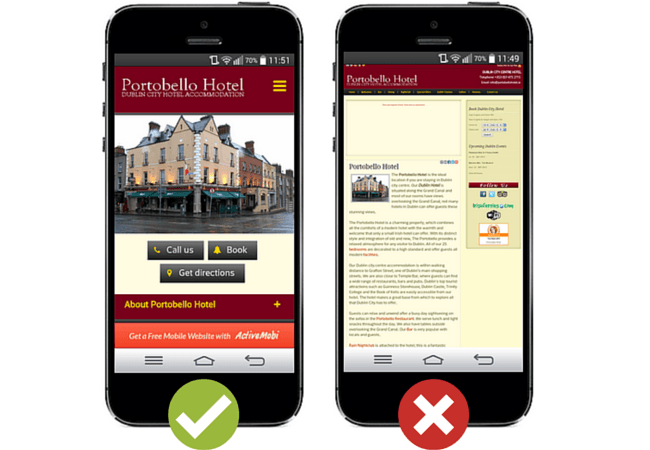When do we say that something doesn’t work or that it’s broken? Only when it’s completely fallen into pieces or entirely lost its functionality? Not necessarily. Let’s take a look at how we approach what works and what doesn’t work.
Imagine a comb…without a half of its teeth. If the other half forms an unbroken line, you can still successfully comb your hair with it, can’t you? But you don’t use it anymore, although it’s only half-broken.

It turns out that in terms of evaluating whether something is usable or not, our zero-one nature has the last word. We quit using things that don’t have some of their expected features or capabilities and treat them as useless. This is because we don’t readily accept the “half” prefix.
We project our preferences towards physical objects into other areas of our lives. Therefore we treat stormy relationships as broken, or say that the Internet doesn’t work when it heavily slows down for one reason or another. None of these are really broken, though, are they?
So how to determine when a website works on smartphones? When it lets us do three basic things we expect to do with a website — find information we need, move seamlessly between the subpages and do something with information we’ve found.
I’ve noticed many business owners believe their website works fine on smartphones. It seems that what they understand by working fine is the sheer fact that the website displays on the smartphone screen. Most often they’ve never seen a real mobile website and never opened their own website on a smartphone; hence the gap between what they expect their customers see and what they really see.
Any website, excluding those created in Flash technology, may display on a smartphone. But a website only works on a smartphone when:
- we don’t need to enlarge and swipe it to see its content
- it’s got big and easy-to-tap buttons
- it’s interactive, e.g. a phone number is tappable and enables quick contact, shows driving directions to a company from a current address

When talking with those same business owners about the online means of gaining new customers, I often hear an opinion that if a mobile customer really wants to find what they need, they will, anyway, on a traditional website. Yet 61% of customers won’t. If they can’t find information they need on a smartphone right away, they’ll go on to another website. Why?
Because they know that although your website is not suitable for smartphones, there sure as hell are other similar businesses that have taken care of a website that works on smartphones.
What do you expect from websites you open on a smartphone? What hinders using websites on a smartphone most? What tips would you give to business owners? Let us know in the comments below.

